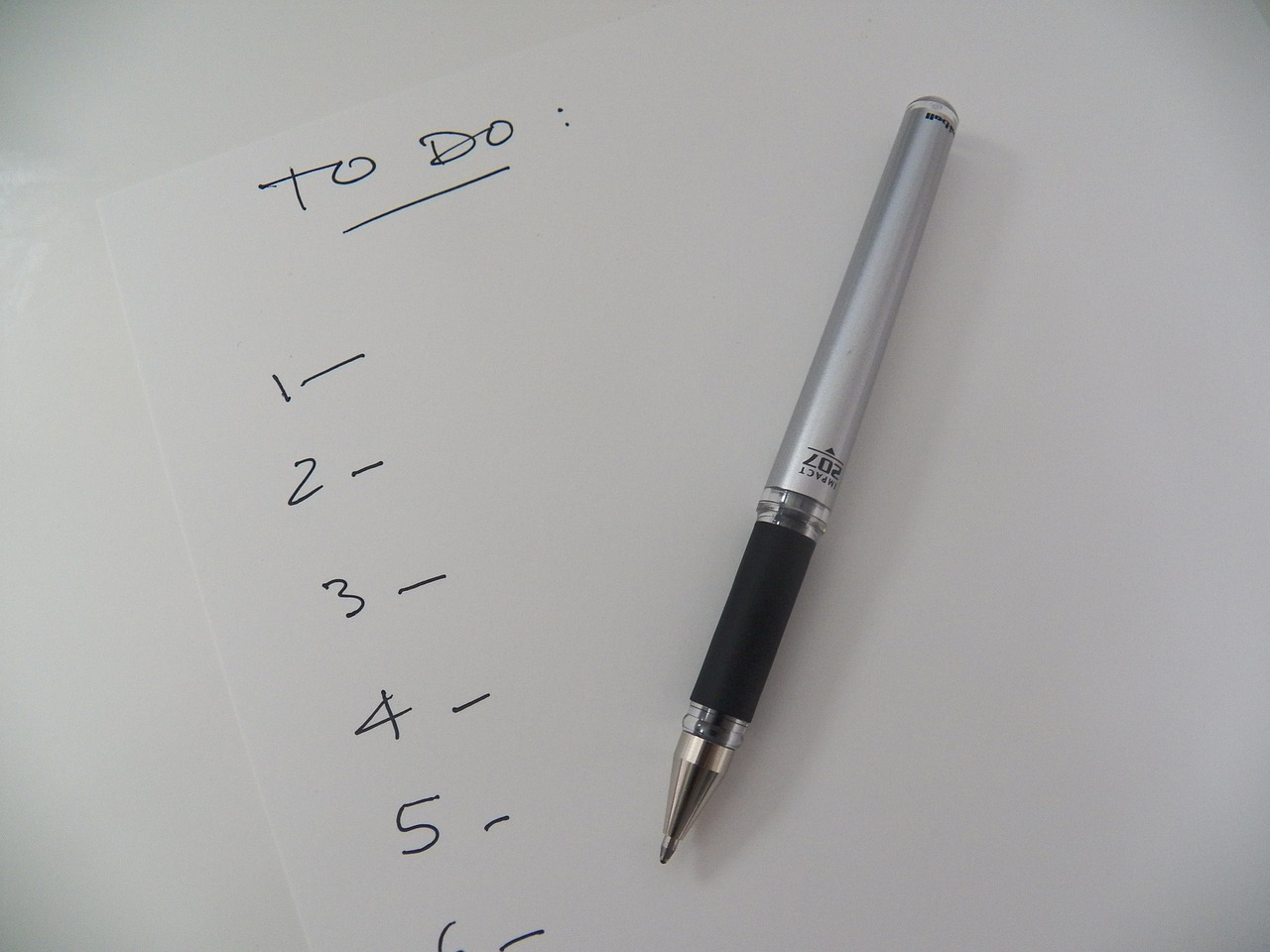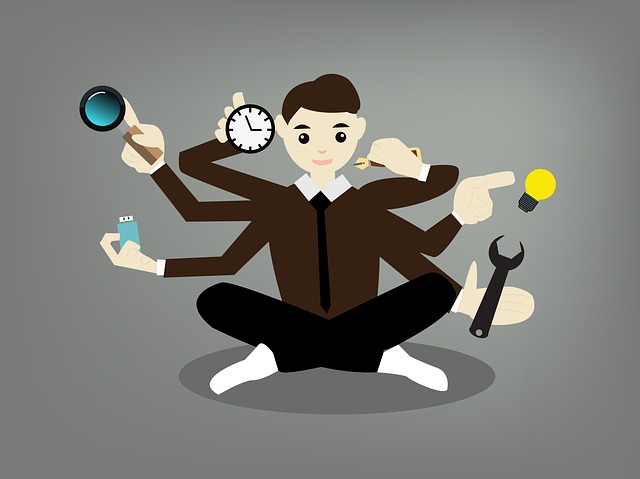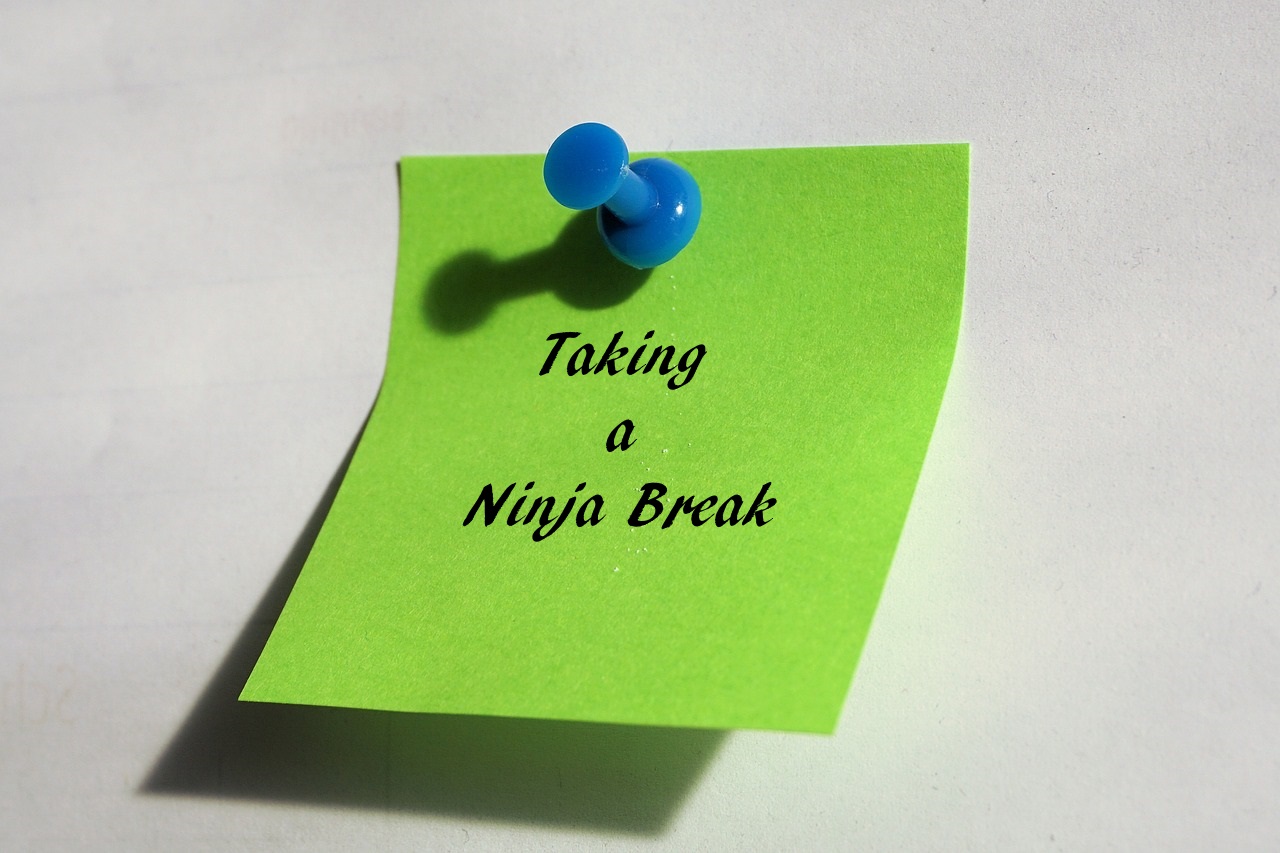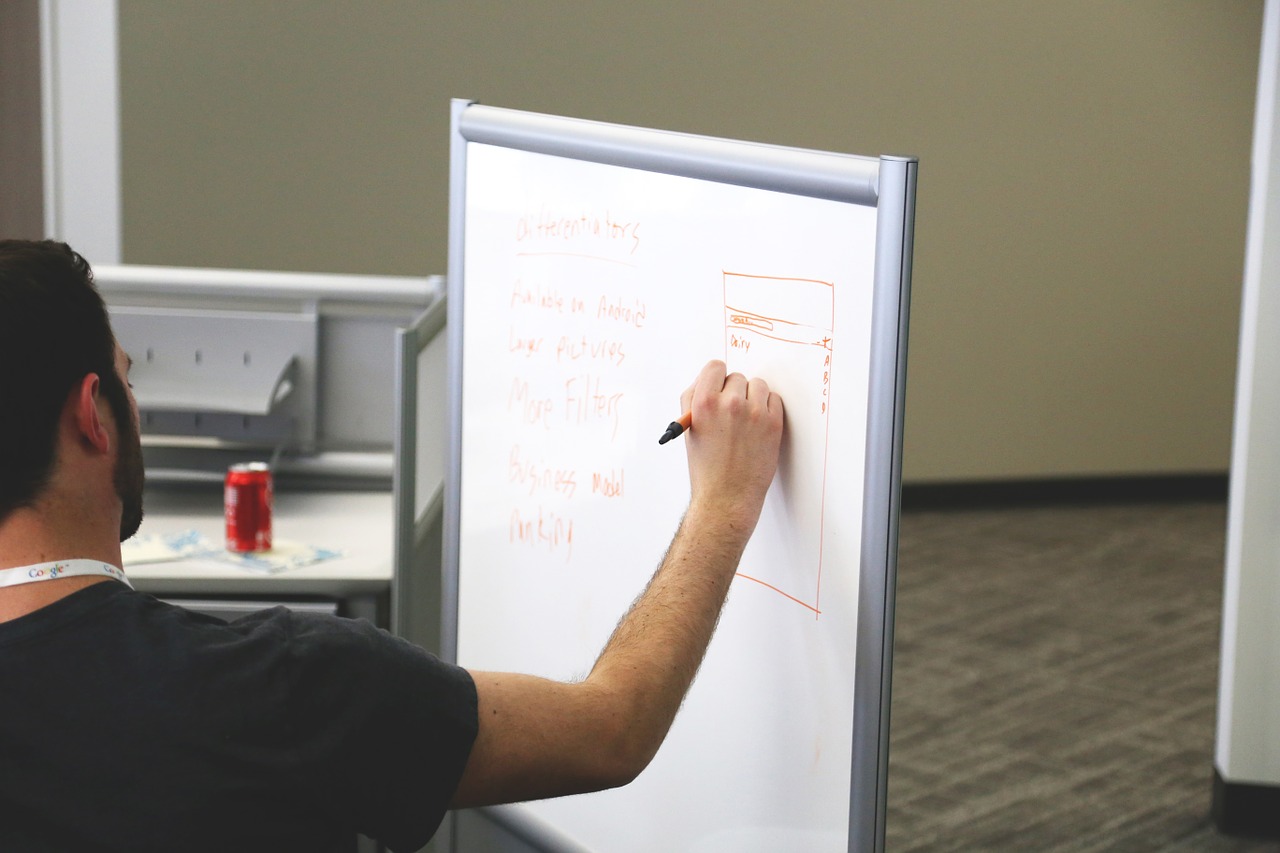Stay Calm Under Pressure
Four different project deadlines are approaching. You have eight urgent emails in your inbox. One manager is asking you in person why their project isn’t completed, while another is sending you a direct message online asking you to prioritize their task. Another co-worker asks over your shoulder if you want to go for a walk in 15 minutes. How do you manage to stay calm under pressure?
Realities of Office Life
In our office life, it’s easy to get swept away by the stress of work. When you’re being pulled in 15 (or 50) different directions, your brain often might not be able to handle the pressure. Through self-preservation, you might check out completely or simply rush through projects without giving them your full attention.
Unfortunately, dealing with that amount of pressure can lead to severe employee burnout. Burnout is plaguing many offices around the world, and it’s important to practice mindfulness and balance your work and life to help combat a potentially disastrous downward trajectory.
When you’re under pressure, remember these tips to help you stay calm and carry on.
1. Identify, Acknowledge and Understand Your Emotions
Everyone has come across one of those people in the office that remains surprisingly cool under pressure. You might be super jealous of their calm demeanor, wondering how you can pull that off, too. Luckily, there’s a scientific reason that can help you understand your own behavior and potentially control it.
As one writer with Inc., Geoffrey James, explained understanding your brain’s reactions to stress can often help you become a better leader. It’s as simple as recognizing your brain’s response, identifying what it is, and then relabeling your emotions.
Here’s a short breakdown of how your brain responds to stress: the amygdala is responsible for creating adrenalyn and other hormones that help in dangerous situations, and often gives you the “fight or flight” response. When you’re stressed, your amygdala is trying to tell the body to react, even though there is no direct threat to your body. However, this can result in you simply freezing or not being able to focus at all. Like a deer in the headlights, you’ll be stuck unless you can break the chemical reaction happening in your brain.

This is where you can take a moment to be mindful and try to identify all the emotions in your head. Are you fearful of not finishing your project on time? Are you afraid that your boss will be angry? Identify the source of your stress and acknowledge that emotion.
Once you’ve taken a breath, go back to those emotions. What’s a healthier way of identifying them? Inc. contributor, Geoffrey James, suggests switching out emotions like fear with anticipation; worry with concern; or dread with caution. James states:
“When you re-label your emotions, you are using controllable parts of your brain to convince your amygdalae that this is not a fight-or-flight situation but instead a ‘stay aware and watchful’ situation, or even a ‘sit back and enjoy’ situation.”
It takes practice to perfect this technique, but it could really help you stay mindful of both your emotions and your work when you’re under pressure.
2. Avoid Negative People and Thoughts
Now that you have some background on how to re-categorize your emotions, it’s important to stay in that productive mindset. The best way to do this is to avoid any sort of negativity that might undo your previous work.
Anxious colleagues and pessimistic managers might not be the best company to keep when you’re trying to keep a level head, so limit your time around the people that can throw you back into a “fight or flight” spiral.
Similarly, if you’re feeling those negative emotions creep back in, do your best to set them straight and stay positive. It can be difficult if you’re an overly anxious person to avoid those more irrational emotions, but you have the ability to convince your brain otherwise and breath through the stress. Remind yourself that your tasks will be done, even if you’re scared or fearful of the outcome.
3. Break Down Your Tasks
If you’re someone that has a handful of large projects all due at once, it can be very easy to get overwhelmed. However, if you’re able to break down some of those larger projects into smaller, more manageable tasks, which is a popular technique we teach in our time management training, it might be a little bit easier to buckle down and work through them.

For each task you have, write down a small list of micro-tasks associated with it. If you’re writing an article, maybe construct an outline of each portion. If you’re working on a numbers spreadsheet, maybe write down a to-do list that consists of five to 10 cells each. Science has proven that checking off small tasks on a to-do list is more rewarding for your mind than simply tackling one large project.
When breaking down these big tasks into smaller ones, it can help you stay motivated to chug along, but will also help you focus on those specific areas that need attention. In the end, you’ll have a completed project that is more thorough and thoughtful than if you had simply rushed through it.
4. Do NOT Multitask
We really can’t say it often enough. One of the biggest challenges for making it through a stressful day at work is avoiding procrastination and avoiding multitasking the various projects that are due.

Multitasking, in particular, is a big time waster as our minds struggle when we try to switch gears between different tasks. Instead of getting multiple things done at the same time, you might find yourself struggling to focus on even a single task before switching to another. Your work will become fragmented and incomplete, and you might start procrastinating if it goes on for too long. Eventually you will feel more stressed about your projects, and will be back to square one of trying to calm yourself down. If you’re trying to manage your time effectively, then multitasking is a bad choice.
Use Mono Tasking as a tool to Stay Calm Under Pressure
Instead, you should focus on one task at a time. That way this task will be able to get your full, undivided attention. Do your best to remove outside distractions — emails, phone calls, or even remove yourself from your work environment if it’s too noisy and distracting — and instead buckle down on the project at hand. Break it down into little parts, and take small mindful breaks every few hours.

When it feels like 50 different projects are all looming in your periphery, it can be difficult to focus on anything at work. Our jobs can be stressful, but you have ways to combat that stress and turn it into productivity fuel. Start by identifying your stressors and working through your brain to reduce some of the anxiety. Rename those emotions and set aside any negative ideas. Remove distractions, break down your large projects into smaller tasks, and don’t procrastinate.
If you’re looking for a way to stay calm under pressure, follow these four steps and see how each one helps you through a tough day. Remember: It’s also OK to call defeat and take a day off to re-fuel – you might be a Productivity Ninja, but you’re still human.
Katie McBeth
Katie McBeth is a freelance writer out of Boise, ID. She enjoys reading teen novels, eating mac ‘n cheese, and attending indie concerts in small bars. Her love for reading is only trumped by her love for cats, of which she has three. She also has a dog, and he helps keep her grounded.
Before You Go…
Feeling more stressed every day and
aren’t getting done as much
as you need to?

Check out our Time Management Workshops
and learn how to Stress Less, Achieve More.
To find out more, email us here.
